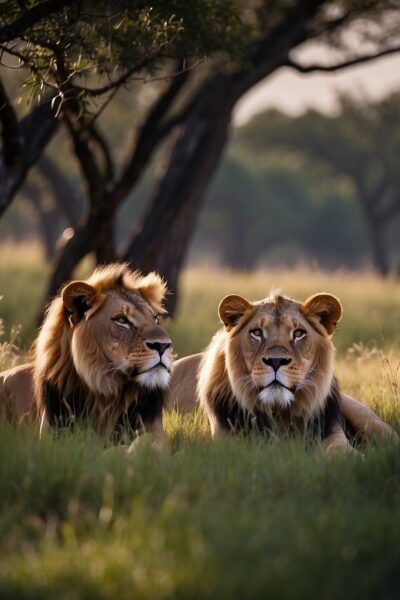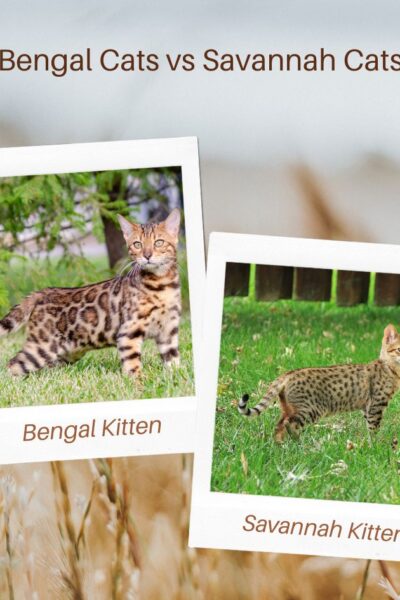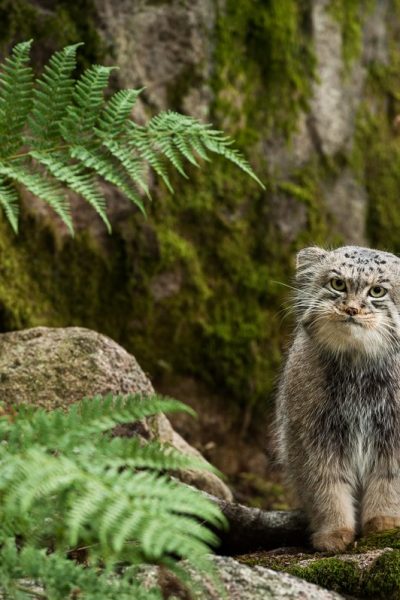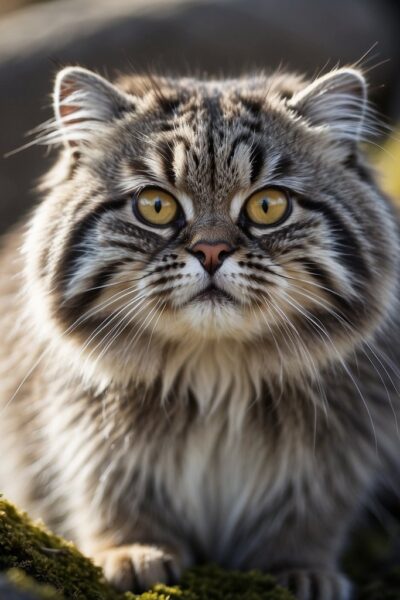African Lions: Key Threats to Their Survival The African lion, a symbol of strength and courage across multiple cultures is endangered, facing the threat of extinction. Listed as vulnerable by conservation authorities, the population of African lions has experienced a sharp decline in recent years. This is attributed to a combination of human-induced factors such as habitat loss, hunting, and…
Read More
Where Do African Lions Live?
African Lion Habitat Distribution African lions, the majestic creatures often revered as symbols of courage and strength, primarily reside in the savannas and grasslands of sub-Saharan Africa. These large cats are known for their distinctive physical characteristics, such as the male’s mane and the female’s expert hunting abilities. African lions live in a range of habitats across the continent, avoiding…
Read More
World Lion Day: History and Significance
World Lion Day: Celebrating the King World Lion Day, observed annually on August 10, is a significant date dedicated to the recognition and appreciation of one of the most iconic species of the animal kingdom—the lion. This global event serves to promote awareness regarding the cultural and biological importance of lions, and to underscore the conservation issues they face. Lions…
Read More
Cat Coloring Pages: Why Coloring Makes You Purr
Coloring is Good for Health: Cat coloring Pages We created cat coloring pages you can download because coloring is good for our health! We already know cats are good for our health so the combination of coloring and cats is purrfect! You can download and start coloring cats with the cat coloring pages in this post! Coloring Not Just for…
Read More
Bengal vs Savannah Cats
Bengal vs Savannah Cats: Comparing Traits Bengal cats vs Savannah cats. These two exotic breeds have captivated the interest of feline enthusiasts around the world. Both breeds are renowned for their striking wild appearance and dynamic personalities, traits inherited from their wild ancestors. Bengal cats originate from a cross between domestic cats and the Asian leopard cat, giving them a…
Read More
Bengal Cat Names
Names for Bengal Cats: Top Picks for Your Exotic Pet Selecting the perfect name for a Bengal cat is as exciting as it is challenging. Known for their exotic appearance with wild-like spots and rosette markings, Bengal cats bring a piece of the jungle into the living room. Their vivid personalities and dynamic behaviors demand names that highlight their unique…
Read More
Bengal Cats: Asian Leopard Cat Hybrid
Bengal Cats: Are Hybrids good House Cats? Bengal cats, acclaimed for their striking wild appearance reminiscent of a leopard, are a breed that sets the bar high for what it means to be a visually captivating house pet. With their distinctive coat patterns featuring spots, marbling, and a spectrum of colors, these felines have swiftly become an adored breed among…
Read More
Do Cats Hate Water?
Cats and Water: Do Cats Hate Water? You’ve probably heard that cats hate water. But have you ever stopped to think about the reasons your cat might not be so fond of water? Your house cat retains the same instincts as her wild cousins. Her behavior is guided by that of a predator but also as one of potential prey….
Read More
Cats Who Like Water
Which Cats Like Water? Aquatic cat Breeds The relationship between cats and water is complex and varies across different breeds and individual temperaments. While some domestic cats display a preference for water, engaging with it through play or even swimming, others maintain the more stereotypical feline aversion to water. The reasons behind these varying inclinations involve a mix of evolutionary,…
Read More
Turkish Van Cats
Turkish Van Cat: The Swimming Cat The Turkish Van cat is a unique and distinctive breed known for its luxurious white coat and striking colored markings on its head and tail. This breed originates from the Lake Van region in Eastern Turkey, and it’s well-regarded for its remarkable swimming capabilities, which are quite unusual for a cat. Their love for…
Read More
How Pallas’s Cats Camouflage
Pallas’s Cats Camouflage: Manul Master of Stealth Pallas’s cats camouflage permits the blending into their environment that is crucial to their survival. With a coat marked by subtle shades and patterns, these elusive felines inhabit the rocky steppes and grasslands of Central Asia, where their camouflage becomes an essential asset. The dense and long fur not only provides insulation from…
Read More
Where Do Pallas’s Cats Live?
Where do Pallas’s Cats Live? Manul Habitats Pallas’s cats are small, elusive felines that inhabit the cold and arid landscapes of Central Asia. Their range extends across several countries, including Mongolia, Russia, and China, where they are typically found in the semi-desert steppes and mountainous areas. The Pallas’s cat is well-adapted to a life in these harsh climates, but their…
Read More
Pallas’s Cat Anatomy: An Overview
Anatomy of Pallas’s cats: the Unique Manul Pallas’s Cat, (Otocolobus manul), presents a unique subject within the study of wild cat anatomy. Despite its compact and fluffy appearance, the Pallas’s Cat is a small member of the Felidae family, adapted to cold and arid environments. The anatomy of Pallas’s cats is honed for survival, marked by distinctive physical characteristics such…
Read More












